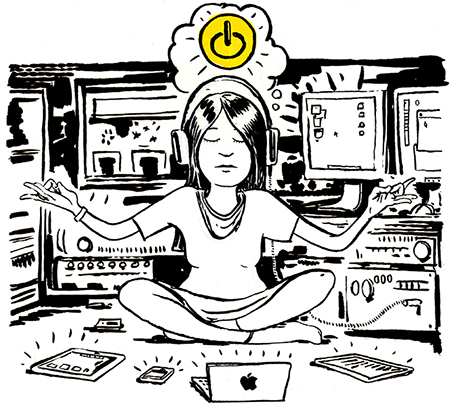ZEITGUIDE TO HIP-HOP’S ASCENT

The genre of music most listened to and most reflective of our culture? That would be hip-hop. In a recent YouGov survey, 50 percent of respondents identified rap and hip-hop as the genre that most represents America today.
The stats on what we’ve been listening to back that point up further.
—In 2017, hip-hop and R&B surpassed rock as the most listened to genre. Per Nielsen, those combined styles are responsible for over 25 percent of all music consumption (rock ended 2017 at 23 percent).
—Billboard’s charts tell a similar story. For the past two weeks, the top four songs in the Hot 100 are by rap artists, the first time that has happened in 15 years. In Billboard’s streaming chart, the top 9 songs all come from hip-hop artists; including Childish Gambino (the rap moniker of Donald Glover), Drake, Post Malone, Migos, R&B newcomer Ella Mai and comedic rapper Lil Dicky.
Hip-hop is also making inroads in other cultural settings that once shut it out. In April, Kendrick Lamar became the first rapper, and first artist who is not a classical or jazz musician, to win the Pulitzer Prize for music for his album “Damn.”
Brands that once avoided associating with hip-hop acts are now eager to partner and collaborate with its top artists. Hip-hop, once seen as lowbrow and representing a market with little spending power, was believed to be something that would tarnish high-end labels. But these days, luxury brands such as Louis Vuitton, Saint Laurent and Marc Jacobs are increasingly featuring hip-hop artists in their advertising campaigns, while others, including Versace and JW Anderson, are collaborating with artists like 2 Chainz and A$AP Rocky. “Fashion brands have woken up to the reality that hip-hop has replaced Hollywood as the most powerful force in global entertainment culture,” writes Christopher Morency in the Business of Fashion.
As high-end labels feature prominently in rap videos, as well as lyrics, hip-hop audiences make for another segment of the market that can help bolster the bottom line. Flaunting luxury goods has become a way to communicate not only success but also elite status. In today’s social media obsessed world, projecting that status is now partly how you successfully play the game.
The success of the genre has benefited from and been a boon to streaming services. Last year, streaming revenues helped the music industry achieve its best performance since the late ‘90s. Pacing the way was R&B and hip-hop, making up 30.3 percent of all on demand streams.
“Streaming services are a beast that needs constant feeding,” writes Allison Stewart in the Chicago Tribune. “Younger hip-hop artists, already accustomed to providing sites like SoundCloud with a constant stream of mixtapes and features, have adjusted to its demands more quickly than artists from other genres, and have thrived accordingly.”
Hip-hop, it seems, is also best equipped to meet a wide-ranging sets of needs from music listeners. It runs the gamut from the “vernacular authenticity and rhythmic dynamism,” to borrow a description from the Pulitzer committee, of Kendrick Lamar, to the “breezy, undemanding quality” of Post Malone. At a time when there’s so much going on, hip-hop is here to address the world’s problems head on, or offer a quick escape.
Hip-hop’s current hold on the zeitgeist is significant for anyone whose job it is to connect with consumers. As hip-hop’s impact continues to evolve, it is a cultural transformation that is, and will remain, worth keeping an eye on.
Want to learn more about ongoing business and cultural transformation?
#GetSmartQuick with ZEITGUIDE 2018.
Inquire about our custom offerings.
Sign up to receive our weekly newsletter.
